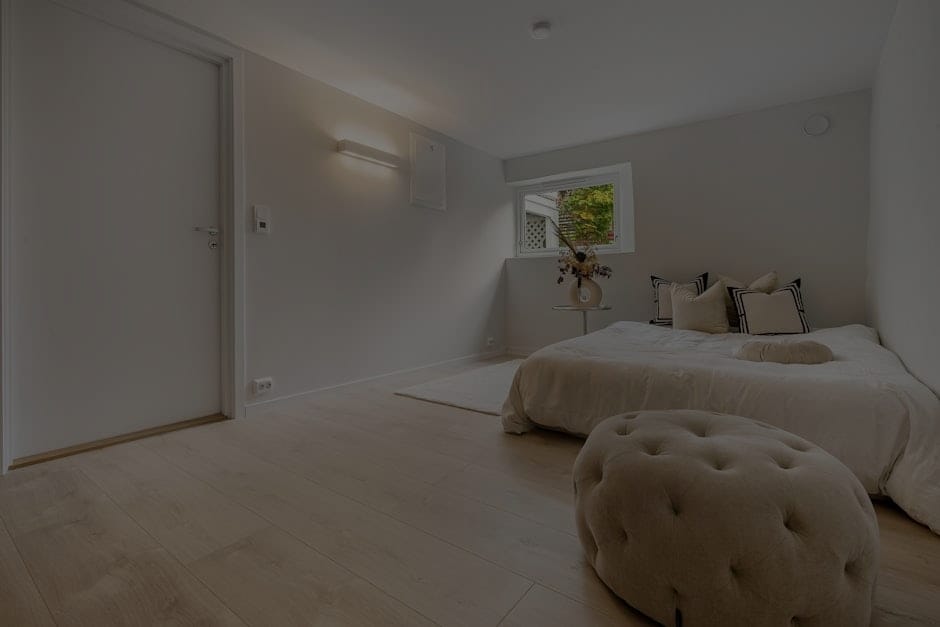**Abstract**: Discover how to transform your home into a sanctuary of peace through the principles of Feng Shui. This article explores practical tips for creating a calming space that nurtures well-being.
Understanding Feng Shui: A Path to Serenity
Feng Shui, an ancient Chinese practice, emphasizes the harmonious arrangement of space to promote balance and tranquility. By incorporating Feng Shui into your home decor, you can create a calming environment that resonates with positive energy. This practice isn’t just about aesthetics; it’s about fostering a sense of peace and comfort in your daily life. Many Westerners are now embracing these principles to enhance their living spaces, making it essential to understand how to effectively implement them.
The Importance of Space Arrangement
One of the core tenets of Feng Shui is the arrangement of furniture and decor. A clutter-free space is vital for allowing energy, or “Chi,” to flow freely. Start by decluttering your home, removing items that no longer serve a purpose. Consider the placement of your furniture: align pieces to encourage open pathways and conversation. For instance, positioning your sofa to face the entrance can create a welcoming atmosphere, while also fostering a sense of security. This arrangement not only enhances the flow of energy but also promotes feelings of calm and connection.
Color Psychology in Feng Shui
Color plays a significant role in Feng Shui, influencing mood and energy levels. Soft, muted colors like blues, greens, and earth tones are ideal for creating a calming space. These colors evoke feelings of tranquility and relaxation, making them perfect for bedrooms or meditation areas. Conversely, bright colors can stimulate energy and activity, which may not be suitable for every room. By selecting a color palette that aligns with your desired ambiance, you can enhance the calming effects of your space, ultimately improving your well-being.
Natural Elements: Bringing the Outdoors In
Incorporating natural elements into your decor is another essential aspect of Feng Shui. Plants, natural light, and water features can significantly enhance the energy of your space. Plants not only purify the air but also add life and vibrancy to your home. Consider low-maintenance options like snake plants or peace lilies, which thrive indoors. Additionally, maximizing natural light can uplift your mood and create a more inviting atmosphere. Water features, such as a small fountain, can also introduce a soothing sound element, further promoting relaxation.
The Role of Personalization
Creating a calming space is deeply personal, as it reflects your individual tastes and experiences. Feng Shui encourages the inclusion of meaningful items that resonate with you, such as photographs, art, or mementos from travels. These personal touches not only enhance the aesthetic appeal of your space but also contribute to a sense of belonging and comfort. When curating your decor, ask yourself how each piece makes you feel. Surrounding yourself with items that evoke positive emotions can significantly enhance the calming atmosphere of your home.
Mindfulness and Intention in Decor
Mindfulness plays a crucial role in Feng Shui, as it encourages you to be intentional about your surroundings. Before making changes to your decor, take a moment to reflect on your intentions. What feelings do you want to cultivate in your space? This mindfulness can guide your choices, ensuring that every element serves a purpose and contributes to the overall harmony of your home. By being deliberate in your decor decisions, you can create a sanctuary that not only looks good but also feels good.
In conclusion, embracing Feng Shui principles can transform your home into a calming oasis. By understanding the importance of space arrangement, color psychology, natural elements, personalization, and mindfulness, you can create an environment that nurtures your well-being. As you implement these strategies, you’ll find that your home becomes not just a place to live, but a sanctuary that supports your mental and emotional health.










